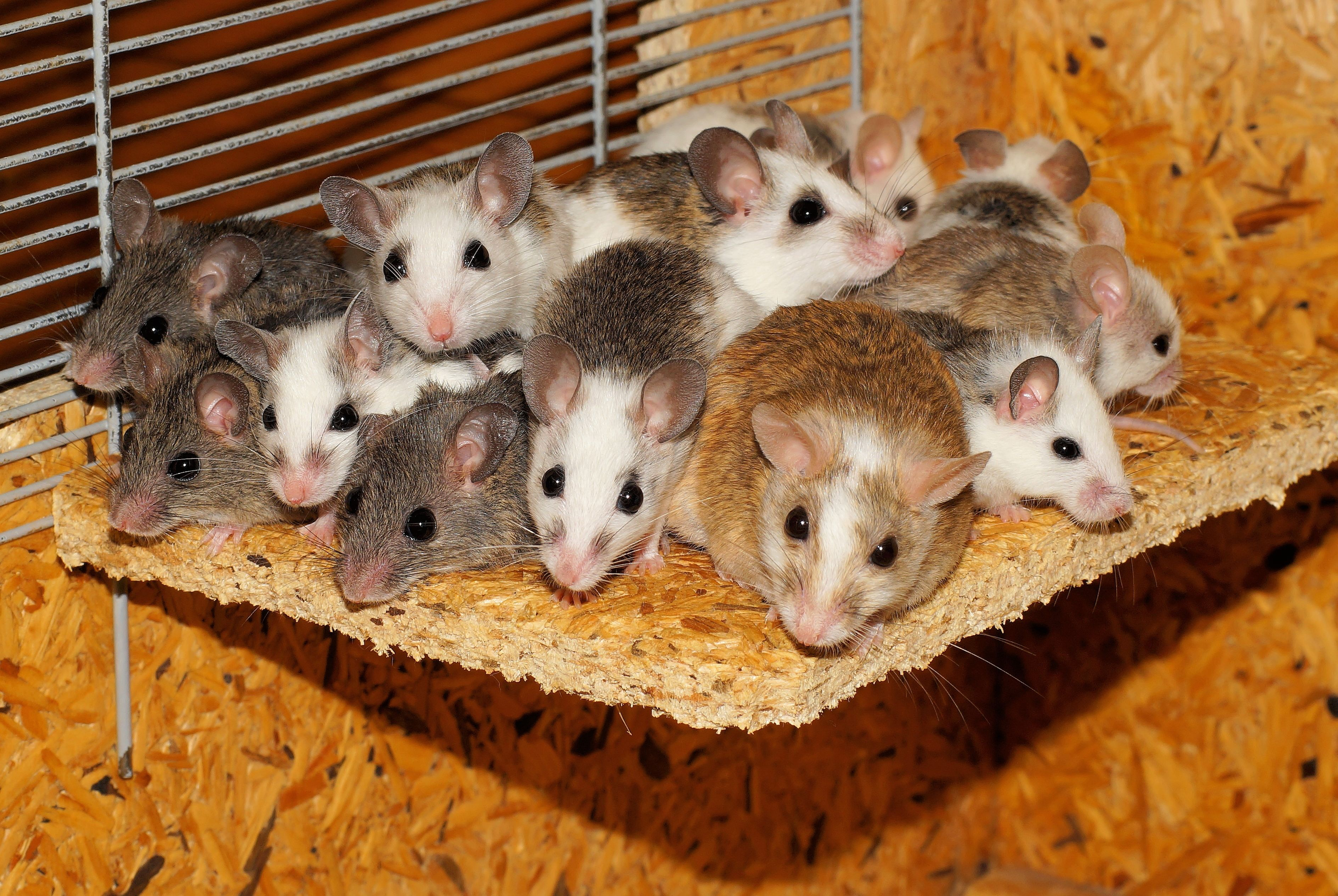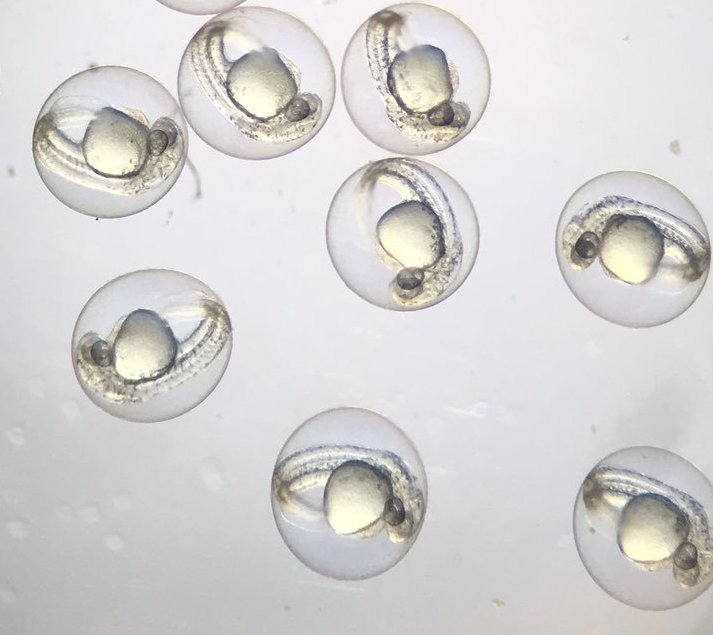Lesson 17
Designing Simulations
17.1: Number Talk: Division (5 minutes)
Warm-up
The purpose of this number talk is to elicit strategies and understandings students have for division, particularly when the quotient is the same for different expressions. These understandings will be helpful for students as they are finding mean in upcoming lessons.
While four problems are given, it may not be possible to share every strategy. Consider gathering only two or three different strategies per problem.
Launch
Reveal one problem at a time. Give students 30 seconds of quiet think time for each problem and ask them to give a signal when they have an answer and a strategy. Keep all previous problems displayed throughout the talk. Follow with a whole-class discussion.
Supports accessibility for: Memory; Organization
Student Facing
Find the value of each expression mentally.
\((4.2+3)\div2\)
\((4.2+2.6+4)\div3\)
\((4.2+2.6+4+3.6)\div4\)
\((4.2+2.6+4+3.6+3.6)\div5\)
Student Response
For access, consult one of our IM Certified Partners.
Activity Synthesis
Ask students to share their strategies for each problem. Record and display their responses for all to see. To involve more students in the conversation, consider asking:
-
“Who can restate ___’s reasoning in a different way?”
-
“Did anyone have the same strategy but would explain it differently?”
-
"What did you notice about the answers to these questions?"
-
"How could we use the number we are dividing by each time to explain why the answers are all the same?"
-
-
“Did anyone solve the problem in a different way?”
-
“Does anyone want to add on to _____’s strategy?”
- “Do you agree or disagree? Why?”
Design Principle(s): Optimize output (for explanation)
17.2: Breeding Mice (10 minutes)
Activity
In this activity, students revisit the idea of simulating real-life situations with chance experiments. In the next activity, they will design and run their own simulations for situations that involve multiple steps. Here, students are asked to use their understanding of experiments that have multiple steps to simulate a single part of a larger simulation. Namely, flipping two coins represents a single offspring from a pair of mice. Since the outcome probabilities of the simulation and the real-life situation are the same, this is another option for creating simulations that represent real-life scenarios (MP4).
Launch
Arrange students in groups of 3. Explain to students the applet provides them with two coins.
Ask students: “When flipping two coins, what is the probability of both landing heads up?” (\(\frac{1}{4}\))
For context, it might be helpful to explain that mice are often used in science experiments since they have similar genetics to humans, but are easier to maintain. Setting up a mating to work with a new generation of mice with specific combinations of genes can be costly and time consuming, so it can help to simulate some outcomes before actually beginning the experiment. The word “offspring” refers to children.
Give students 5–7 minutes for group work followed by a whole-class discussion.
Supports accessibility for: Organization; Attention
Student Facing
A scientist is studying the genes that determine the color of a mouse’s fur. When two mice with brown fur breed, there is a 25% chance that each baby will have white fur. For the experiment to continue, the scientist needs at least 2 out of 5 baby mice to have white fur.
To simulate this situation, you can flip two coins at the same time for each baby mouse. If you don't have coins, you can use this applet.
- If both coins land heads up, it represents a mouse with white fur.
- Any other result represents a mouse with brown fur.
-
Have each person in the group simulate a litter of 5 offspring and record their results. Next, determine whether at least 2 of the offspring have white fur.
mouse 1 mouse 2 mouse 3 mouse 4 mouse 5 Do at least 2 have white fur? simulation 1 simulation 2 simulation 3 - Based on the results from everyone in yout group, estimate the probability that the scientist’s experiment will be able to continue.
- How could you improve your estimate?
Student Response
For access, consult one of our IM Certified Partners.
Launch
Arrange students in groups of 3. Provide 2 coins for each group.
Ask students: “When flipping two coins, what is the probability of both landing heads up?” (\(\frac{1}{4}\))
For context, it might be helpful to explain that mice are often used in science experiments since they have similar genetics to humans, but are easier to maintain. Setting up a mating to work with a new generation of mice with specific combinations of genes can be costly and time consuming, so it can help to simulate some outcomes before actually beginning the experiment. The word “offspring” refers to children.
Give students 5–7 minutes for group work followed by a whole-class discussion.
Supports accessibility for: Organization; Attention
Student Facing
A scientist is studying the genes that determine the color of a mouse’s fur. When two mice with brown fur breed, there is a 25% chance that each baby will have white fur. For the experiment to continue, the scientist needs at least 2 out of 5 baby mice to have white fur.
To simulate this situation, you can flip a coin twice for each baby mouse.
- If the coin lands heads up both times, it represents a mouse with white fur.
- Any other result represents a mouse with brown fur.

-
Simulate 3 litters of 5 baby mice and record your results in the table.
mouse 1 mouse 2 mouse 3 mouse 4 mouse 5 Do at least 2
have white fur?simulation 1 simulation 2 simulation 3 - Based on the results from everyone in your group, estimate the probability that the scientist’s experiment will be able to continue.
- How could you improve your estimate?
Student Response
For access, consult one of our IM Certified Partners.
Student Facing
Are you ready for more?
For a certain pair of mice, the genetics show that each offspring has a probability of \(\frac{1}{16}\) that they will be albino. Describe a simulation you could use that would estimate the probability that at least 2 of the 5 offspring are albino.
Student Response
For access, consult one of our IM Certified Partners.
Activity Synthesis
The purpose of the discussion is for students to articulate why the simulation is appropriate and think about other methods of simulating the same situation.
Consider asking these questions for discussion:
- “How could we get a better estimate than what you got in your group?” (Repeat the experiment many more times or combine the data from the class.)
- Collect data from the class to find a better estimate. (For reference, the actual probability is \(\frac{47}{128} \approx 0.37\).)
- “Notice that we used a two-part experiment (flipping two coins) to represent a single thing (one offspring). Why was this ok to do?” (The probability of getting HH on two coins is the same as the probability of getting a single offspring with white fur.)
- “Can you think of another method that would work to simulate a single offspring?” (A spinner with 25% of the circle labeled “white” and 75% labeled “brown.” One white block and three brown blocks in a bag.)
17.3: Designing Simulations (20 minutes)
Activity
In this activity, each group is assigned a situation for which they will design and perform a simulation to estimate the probability. Students will give a short presentation on the methods and results of their simulation for the class after they have designed and run the simulation. Students will need to attend to precision (MP6) as well as present arguments (MP3) for the simulation method they chose. At this stage, students have experienced a large number of simulation methods and should be able to design their own to represent the situations using the appropriate tools (MP5).
Launch
Arrange students in groups of 3. Assign each group a question slip from the blackline master. Provide access to number cubes, compasses, protractors, rulers, paper bags, colored snap cubes, scissors, and coins. Give students 15 minutes for group work followed by a whole-class discussion.
Student Facing
Your teacher will give your group a paper describing a situation.
- Design a simulation that you could use to estimate a probability. Show your thinking. Organize it so it can be followed by others.
- Explain how you used the simulation to answer the questions posed in the situation.
Student Response
For access, consult one of our IM Certified Partners.
Activity Synthesis
Ask each group to share their situation, their method of simulating the situation, and their results. Students should explain why their chosen method works to simulate the situation they were given. In particular, all important outcomes should be represented with the same probability as stated in the situation.
If all groups that have the same situation use the same simulation method, ask for ideas from the class about alternate methods that could be used for the situation.
For reference, the computed probabilities for each situation are:
- \(\frac{5}{32} \approx 0.16\)
- \(\frac{1}{64} \approx 0.02\)
- \(\frac{59049}{100000} \approx 0.59\)
- \(\frac{2072}{3125} \approx 0.66\)
- \(\frac{181}{3125} \approx 0.06\)
Representation: Internalize Comprehension. Use color and annotations to illustrate student thinking. As students show their representations of simulations and explain their reasoning, use color and annotations to scribe their thinking on a display of each problem so that it is visible for all students.
Supports accessibility for: Visual-spatial processing; Conceptual processing
Design Principle(s): Maximize meta-awareness; Cultivate conversation
Lesson Synthesis
Lesson Synthesis
Consider these questions for discussion:
- “What are some things you had to consider when designing your simulation?” (Among other things, the probability of the actual portion of the event should match the probability of the associated simulated event.)
- “What did you learn from the simulations the other groups did?”
- “Were the results of any of the simulations surprising?”
- “Why would it make sense to design and run a simulation rather than repeat the actual experiment multiple times?” (When the actual experiment is costly in time or resources or cannot be controlled or repeated.)
17.4: Cool-down - The Best Power-Up (5 minutes)
Cool-Down
For access, consult one of our IM Certified Partners.
Student Lesson Summary
Student Facing
Many real-world situations are difficult to repeat enough times to get an estimate for a probability. If we can find probabilities for parts of the situation, we may be able to simulate the situation using a process that is easier to repeat.
For example, if we know that each egg of a fish in a science experiment has a 13% chance of having a mutation, how many eggs do we need to collect to make sure we have 10 mutated eggs? If getting these eggs is difficult or expensive, it might be helpful to have an idea about how many eggs we need before trying to collect them.

We could simulate this situation by having a computer select random numbers between 1 and 100. If the number is between 1 and 13, it counts as a mutated egg. Any other number would represent a normal egg. This matches the 13% chance of each fish egg having a mutation.
We could continue asking the computer for random numbers until we get 10 numbers that are between 1 and 13. How many times we asked the computer for a random number would give us an estimate of the number of fish eggs we would need to collect.
To improve the estimate, this entire process should be repeated many times. Because computers can perform simulations quickly, we could simulate the situation 1,000 times or more.